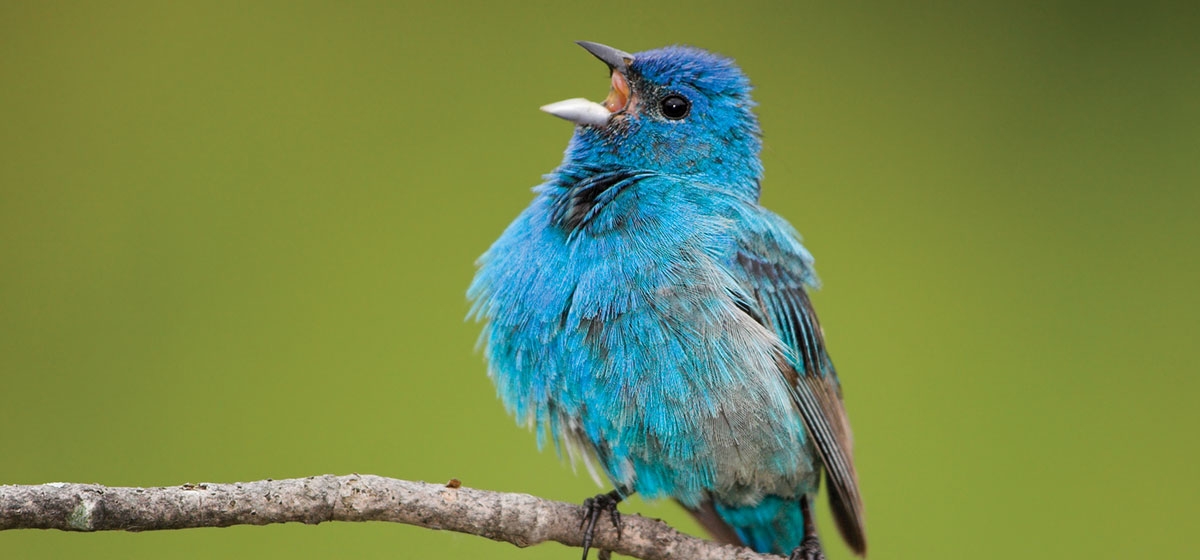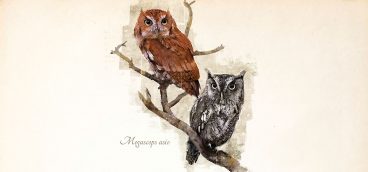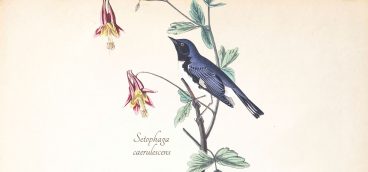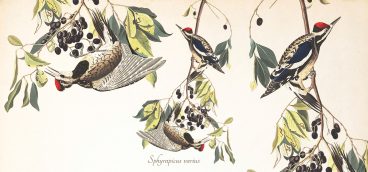
Let me lead you to the bird. It is neither bluebird nor blackbird but may look like both. It is the Indigo Bunting. Follow these directions to one of two destinations. Head toward Squirrel Hill and the curve where Beechwood Boulevard bends into the car lot for Frick Park.
Once there, walk just a bit, up toward Clayton Hill. Or drive or cycle your way through Fox Chapel and down Dorseyville Road to the back forty of Beechwood Farms Nature Reserve.
Pick up the Spring Hollow Trail behind the farmhouse and walk northwest toward the power lines. In either place, you’re likely to find the Indigo Bunting, a common yet most marvelous bird. When seen in the shadows, it’s a small black songbird that can be almost invisible.
But out in the sun, the mature male is an electric blue, a color so vibrant that the bird pulses with light. In contrast, the female is a drab brown, the better to sit undisturbed on her twiggy nest. Likewise the immature males, who come into their color with time. All are seasonal residents of western Pennsylvania. Indigo Buntings follow the stars across the expanse of the Gulf of Mexico and wing their way over the darkened Appalachians and Alleghenies in April. By May, June and July, Indigo Buntings can be found in thickets, hedgerows, old orchards and the edgy habitat of our parks. You might hear their alarm chirps, similar to the sounds made by their avian cousins, the Northern Cardinal, as you go a’ bunting hunting (no guns, please).
If you’re out on a spring or early summer day, you’ll hear the male sing his song: a series of some 12 sputtered notes; six pairs, then a pause, repeated over and over, with something of a rusty quality to them. He’s singing to mark his territory. You’ll hear the song before you see the bird, but once you see your first Indigo Bunting, you won’t believe that you’ve lived so long and are only now delighting in this little bit of heaven. Wherefore that spectacular color? All the blues and even some of the purples in the Crayola box are only weak approximations, but it all depends on the light. Some bird species gain their coloration from diet. Not the Indigo Bunting. The structure of the male’s feathers gives the bird its brilliant hues. Light is diffracted through the feathers, so the male really can appear anywhere from black to blue to cobalt to indigo. It all depends on viewing conditions.
But when the light is right, the Indigo Bunting puts any Eastern Bluebird, the only other vaguely similar bird in our region, to shame. Visually, they’re easy to distinguish. The male Indigo Bunting is blue from head to tail, top to bottom. It’s as if he’s been dipped in blue paint. The back of the male Eastern Bluebird is blue from crown to tail, but he has a rusty cinnamon wash across his chest and belly with some white as well. The species are evolutionarily distant; the bluebird is a thrush and most closely related to the American Robin. The Eastern Bluebird can survive on berries, and thus can overwinter in western Pennsylvania. The Indigo Bunting eats seeds and insects and must head south when the cold comes. All the more reason to head outside after the snows of this winter and find yourself an Indigo Bunting while the weather is fine and the sun shines. Good birding!





